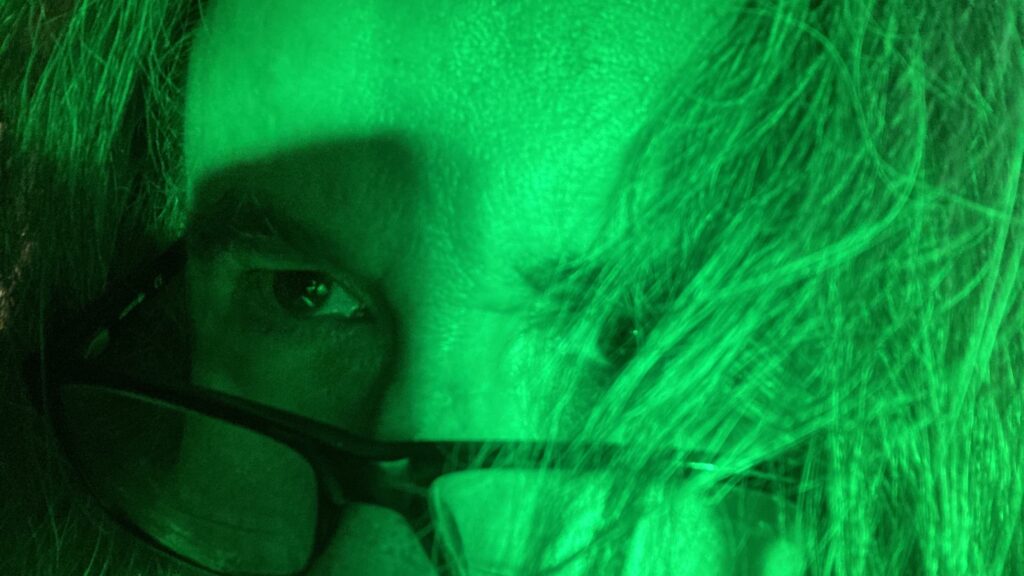Animals have feelings too. And, in Blade Runner (1982), so do genetically engineered replicants. But they can’t be trusted any more than human beings can be. Rick Deckard, Blade Runner (Harrison Ford), is sent out to kill four of them who are on the earth, illegally, instead of elsewhere in the solar system. Necessarily, he sorts of views them as animals.
Replicants live in fear (and for only four years), and it is especially bad when they realize, so human-like, that they’ve done “questionable things.” Which is the case with the homicidal Roy (Rutger Hauer). Roy believes he needs redemption—the nail through his hand is one of the movie’s Biblical images—and, indeed, he ends up saving the beaten-down Deckard’s life.
I don’t know why Los Angeles, the locus for the action, is always dark and rainy (pollution?), but it certifiably contributes to the terrifying effects of this grim pic. All is strange in this world where sophisticated technology co-exists with dilapidation. The presence of the replicants creates for the city a dangerous and extreme peculiarity, as when Deckard hunts among toys for Daryl Hannah‘s Pris. Pris in profile followed by a jump cut to the same character shows her hiding behind a veil, pretending to be a toy but anticipating violence, her violence. This is one of director Ridley Scott‘s pleasurably inspired close-ups.
Certain things in Blade Runner are overdone; the “final cut” is gory. But it is a dazzling achievement which gave Hauer, Hannah, Joe Turkel (Dr. Tyrell) and a couple of others the chance to shine. For the record, it is very unnerving to hear Pris cheerfully say, “Hi, Roy,” before we see the menacing Roy enter a room with his unshakeable purpose. It was Scott’s unshakeable purpose, though, to be unnerving.



